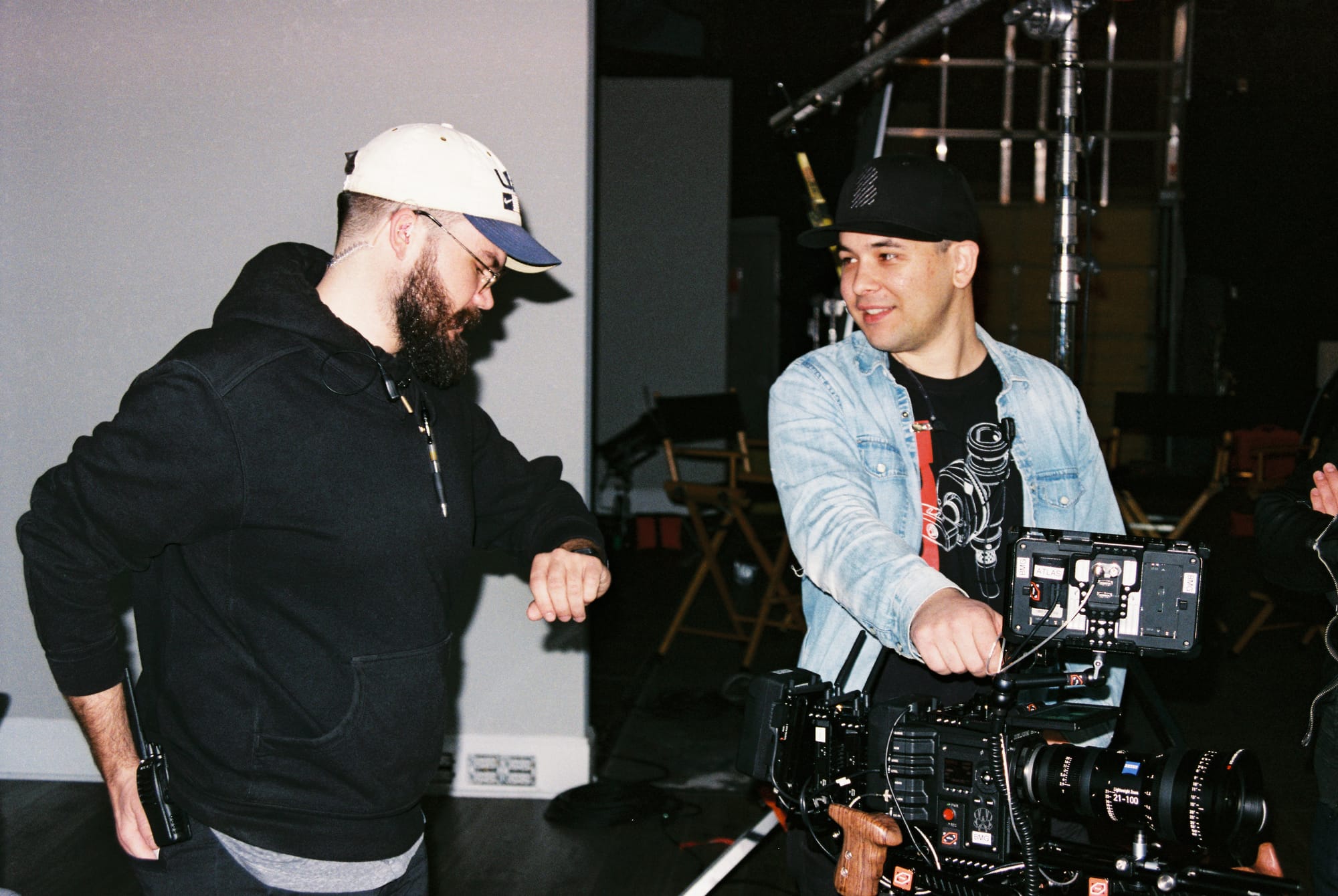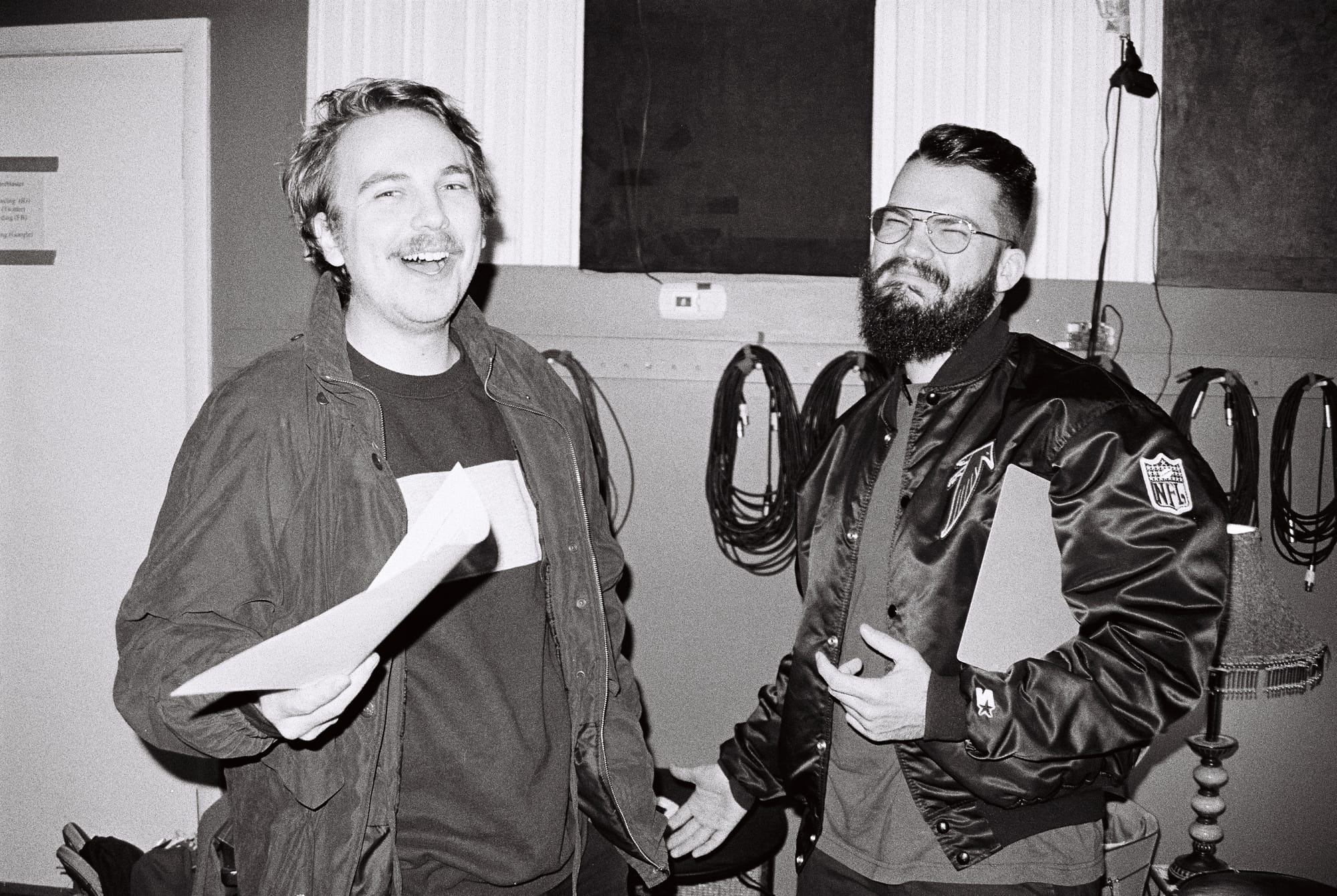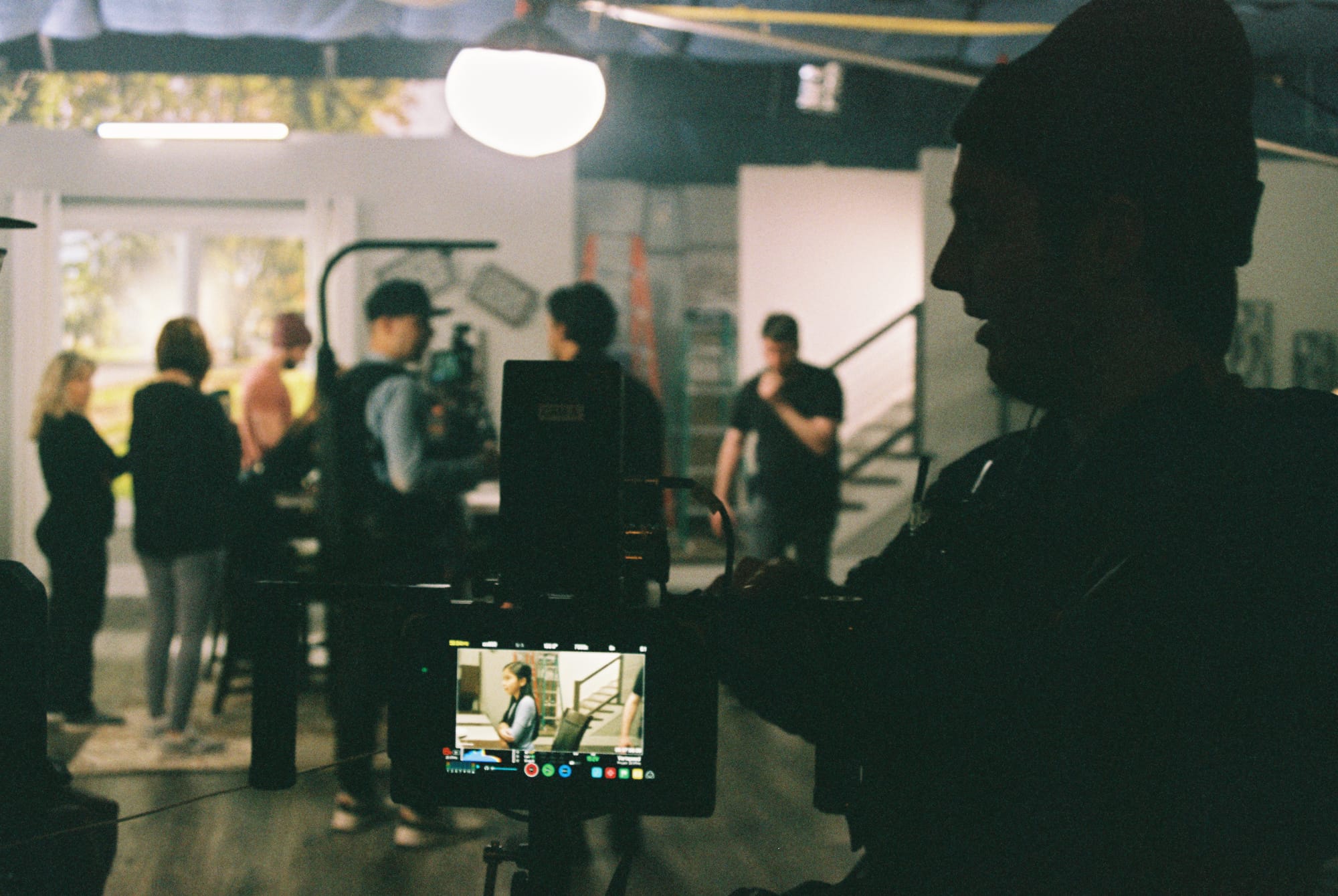Last Minute Touchdown: How This Creator Made a Super Bowl Ad in 2 Weeks
Here is a story behind creating what may be the fastest turnaround commercial in Super Bowl history.

Let's go behind the scenes of creating what may be the fastest turnaround commercial in Super Bowl history. Forget the usual million-dollar investments and long production times. This story breaks the mold, proving that simplicity and speed can steal the show in advertising.
Two weeks before the 2020 Super Bowl, a 30-second ad slot opened up for the local Georgia market after another brand backed out. FOX swooped in with a last-minute offer to Georgia Furniture Mart. The furniture company seized the chance and immediately called up Creative Director Kyle Sklenar, who they have worked with before. Kyle recalls they asked, “What will you make for us? We only have $10,000, and this is happening in two weeks.”
We chatted with Kyle, who reveals what it takes to create a memorable Super Bowl ad in record time.
Shivan: What was your reaction when you got the call from Georgia Furniture Mart?
Kyle: It’s absolutely insane, because you can't do anything for 10K in two weeks. Let alone a Super Bowl ad that will be seen by millions of people.
But the world that I came from and the world that my friends came from is very scrappy. So, we knew how much you can get out of doing a little. You can get a lot out of a little.
Shivan: How did you come up with the creative for the ad?
Kyle: We knew what the golden handcuffs were going to be. The parameters around the creative had to be small, had to be very narrow and had to be the most impactful for their brand. Their motive was to rebrand. So, we just thought, best case scenario, just keep naming the company as many times as you possibly can.
Georgia Furniture Mart's Super Bowl ad
Shivan: How would you describe the concept of the ad?
Kyle: The story was a broadcast announcer reading his script for what an actual spot would be. There's a meta narrative to it. We're making fun of the rest of the commercials that are airing during the Super Bowl. We had our actor just read through and provide alternate responses. And the big piece of comedy is just the reaction to everything. So, he just reads through and keeps getting interrupted by the very goofy sound engineer who is moving an overstuffed chair into his position behind the sound console. And his most important thing is to be comfy, which is like a subtle sell of the product.
Shivan: This is not an ordinary ad but one airing right after the Super Bowl halftime. What storytelling elements did you employ to make the ad stand out?
Kyle: Comedy. It sells faster, in my opinion. Everyone enjoys a communal laugh, so you gain attention far quicker than you do pulling on somebody's heartstrings. And it feels less gimmicky.
Viewers don't look at comedy under a microscope as much as a very heartfelt Tide commercial where it's like, "Well that's sweet. But now I kind of feel a little sad and I'm at a Super Bowl party."

Shivan: What else did you take into consideration?
Kyle: Something I've been studying a lot recently is the way in which the audience is consuming or receiving or viewing the end product. When we were shooting this spot, I knew we had to cut through people talking over nachos and trying to debate on ranch or bleu cheese on the wings. There's all this shit that happens in the room and your ad is trying to cut through the noise and garner people's attention. So, I tried to create something that was going to be repetitive so that basically the bit would get heard and seen.
It's a very simple bit. A guy gets interrupted and he just keeps repeating himself and he gets frustrated. Because of the simplicity, it did well because it was able to cut through all of the muck of what it is to watch commercials.
Shivan: So, you studied the science of Super Bowl ads and how people consume them.
Kyle: I do remember watching a lot of Super Bowl ads in the pitching process. I think it's very important to do your homework, to know what's working for people. Knowledge is power. How do you convey a singular idea clearly in 30 seconds that is also funny?
To be honest, that was the biggest thing I had shot at the time. And so there was a part of me that was just happy to get invited to the Super Bowl table.
Shivan: How did you translate all this into the ad?
Kyle: I think it stood out because we played the hits. We didn't push our budget higher than it needed to be. We didn't make it more complex than it needed to be. We didn't overthink it. We honestly, in a way, under-thought it. We really made the most simple and repetitive joke that we could. And it just holds up. Just because you spend the most money doesn't mean that you have the best idea.

Shivan: And that shatters the perception that most people may have about making a Super Bowl ad or any ad for that matter, right?
Kyle: 100 percent. I feel like with comedy you can make really funny things, really inexpensive. It doesn't have to be flashy. When you're spending too much money for it to be so big and flashy, do you start losing the plot? Sometimes you're just throwing these absurd ideas at the wall and sometimes the simplest one is just as good.
Shivan: How did you strike a balance between creating an entertaining Super Bowl ad and making sure to promote the product?
Kyle: Memorable is what we were chewing on. There are so many memorable Super Bowl ads from our childhood that you would go to school the next day and you would be quoting whatever the funniest one was. And then like some kid says something, you're like, 'oh my God, I forgot about that one.' So, we were just trying to take an ounce of that. I understood that I wasn't pitching for Mountain Dew or Coors, I was pitching for a furniture brand that no one knows about.
I just wanted to make something that felt right. When you're watching the Super Bowl and you see it come on TV, to make something that fit and doesn't stand out in a manner that is egregiously bad.
I knew who I was competing against. It wasn't like it was going to be the best ad or the funniest ad. We had two weeks. You don't have time to come up with the better joke and we also didn't have the money to shoot it accordingly. So it was like, ‘Okay, with our tie hands tied behind our back, how do we achieve the best we can with what we have?’ And I think we shot above our weight class, if you will. We made our $10,000 look a lot better.
Shivan: What do you think is the power of this type of advertisement for a brand, let’s say as opposed to a billboard or TikTok?
Kyle: I think it comes down to how people are consuming it. I think Superbowl ads became such a zeitgeist moment because for the first time in a long time you're sitting with a dozen people that you're good friends with and at least 50% of what's being presented to you in this three or four hour window is advertising. And so a lot of people are paying attention to that at the same time. In what scenario are you being advertised to collectively where you can sit there and laugh together and talk about it? Like that doesn't happen. You don't walk around looking at billboards together or listen to radio ads together or swipe on Instagram together or even watch a regular television show together, like not in that capacity, right?
Shivan: What is your advice for brands who want to tell their story using video?
Kyle: The most important thing is to find a good idea. Good ideas will speak for themselves and will stand the test of time. And a platform like Glimmer allows brands to find the individuals who can help make that happen for them. Brands need an external perspective because even if brands have their own internal marketing or production team, they can lose their connection to the outside world. No one at Georgia Furniture Mart would've thought of the idea that we did, shot it so well, and made it that simple and executable.
